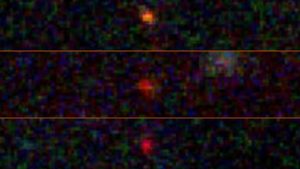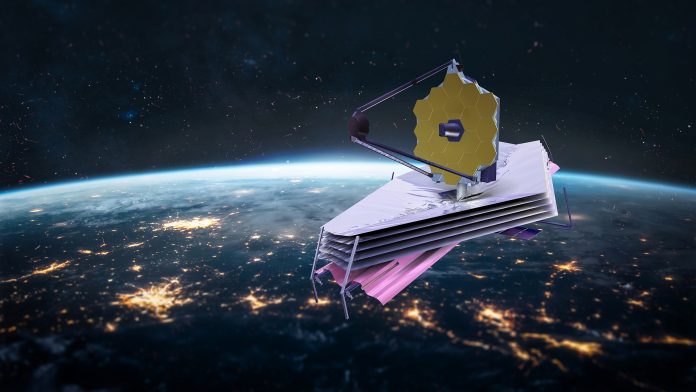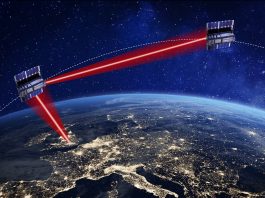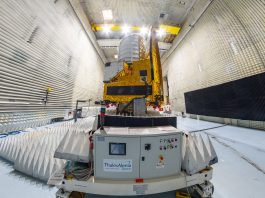Using the James Webb Space Telescope, a team of astrophysicists has discovered three bright objects that could be dark stars.
Observations made by the James Webb Space Telescope (JWST) initially identified these objects as galaxies. However, the team now thinks these may be dark stars – theoretical objects that are much bigger and brighter than our Sun, powered by particles of dark matter annihilating.
If confirmed, dark stars could reveal the nature of dark matter, one of physics’ deepest unsolved problems.
Although dark matter makes up about 25% of the universe, its nature has eluded scientists. Scientists believe it consists of a new type of elementary particle, and the hunt to detect such particles is on.
“Discovering a new type of star is pretty interesting all by itself, but discovering that it’s dark matter powering this would be huge,” said Katherine Freese, director of the Weinberg Institute for Theoretical Physics and the Jeff and Gail Kodosky Endowed Chair in Physics at UT Austin.
A corresponding paper, ‘Supermassive Dark Star candidates seen by JWST,’ is published in Proceedings of the National Academy of Sciences.
Observing dark stars could be a gamechanger
Follow-up observations from JWST of the objects’ spectroscopic properties – including dips or excess of light intensity in certain frequency bands – could help confirm whether these candidate objects are indeed dark stars.
Confirming the existence of these stars could also solve an earlier problem created by the James Webb Space Telescope. It seems to have observed too many large galaxies in the early Universe, which doesn’t fit the Standard Model of cosmology.
Freese explained: It’s more likely that something within the standard model needs tuning because proposing something entirely new, as we did, is always less probable.
“But if some of these objects that look like early galaxies are actually dark stars, the simulations of galaxy formation agree better with observations.”
What did the James Webb Space Telescope detect?
The three candidate dark stars (JADES-GS-z13-0, JADES-GS-z12-0, and JADES-GS-z11-0) were initially identified as galaxies in December 2022 by the JWST Advanced Deep Extragalactic Survey (JADES).

Using spectroscopic analysis, the JADES team confirmed that the objects were observed at times ranging from about 320 million to 400 million years after the Big Bang. This makes them some of the earliest objects ever seen.
“When we look at the James Webb Space Telescope data, there are two competing possibilities for these objects,” Freese stated.
“One is that they are galaxies containing millions of ordinary, population-III stars. The other is that they are dark stars. And believe it or not, one dark star has enough light to compete with an entire galaxy of stars.”
Dark stars could theoretically grow to be several million times the mass of our Sun and up to ten billion times as bright as it.
Cosmin Ilie, Assistant Professor of Physics and Astronomy at Colgate University, commented: “We predicted back in 2012 that supermassive dark stars could be observed with JWST.”
He concluded: “As shown in our recently published article, we already found three supermassive dark star candidates when analysing the James Webb Space Telescope data for the four high redshift JADES objects spectroscopically confirmed by Curtis-Lake. I am confident we will soon identify many more.”









